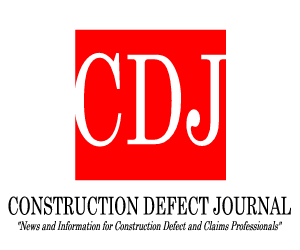
Sometimes, the most dangerous threats to a building, its owners and tenants are invisible at first. But once you see them, do you know what to do?
As hurricanes season and summer storms approach, more apartment complexes, commercial and industrial properties, and public buildings are at risk of leaking and flooding. Water-saturated structures are prime breeding grounds for mold, but there are ways to prevent, detect and remove it before it becomes a serious and costly issue—for buildings and building residents alike. Being proactive limits an owner’s exposure to the liability of debilitating health effects and structural safety concerns.
Mold requires three things to grow: water, food and humidity. Water will stealthily penetrate small porous surfaces of any building material, such as drywall, plaster, wood, concrete or even fabrics. These materials serve as a food source to quickly produce more fungus. Common sources of undetected water flow include foundation problems, poorly installed windows, roof malfunctions, gutter clogs, storm damage, leaky pipes, improper drainage, HVAC issues, faulty appliances, bathroom vent issues and wet building materials. Mold loves humidity and thrives in dark, warm environments, such as attics, basements, lofts, building corners and bathrooms.
Reprinted courtesy of Laura Champagne, Construction Executive, a publication of Associated Builders and Contractors. All rights reserved.




